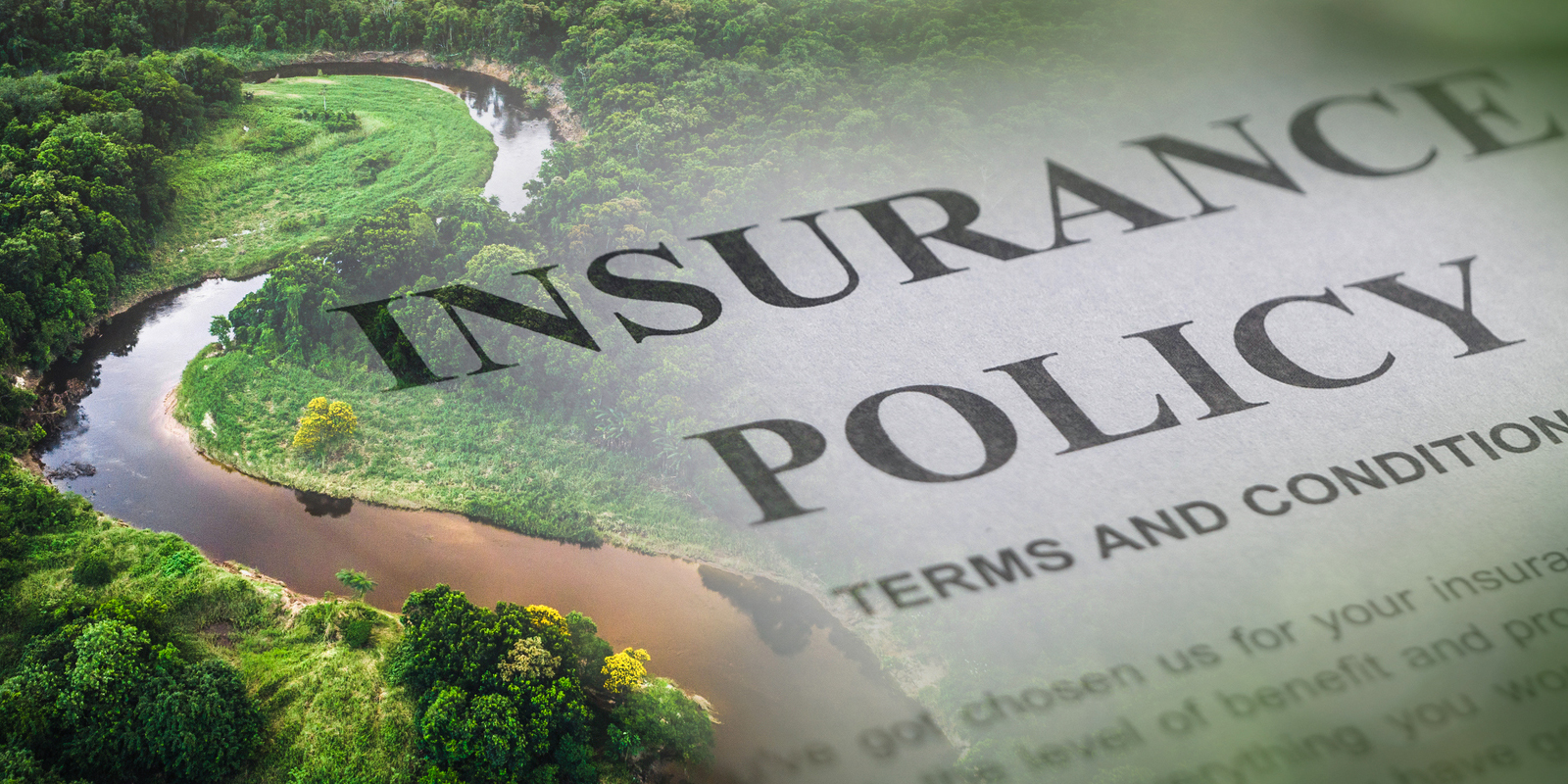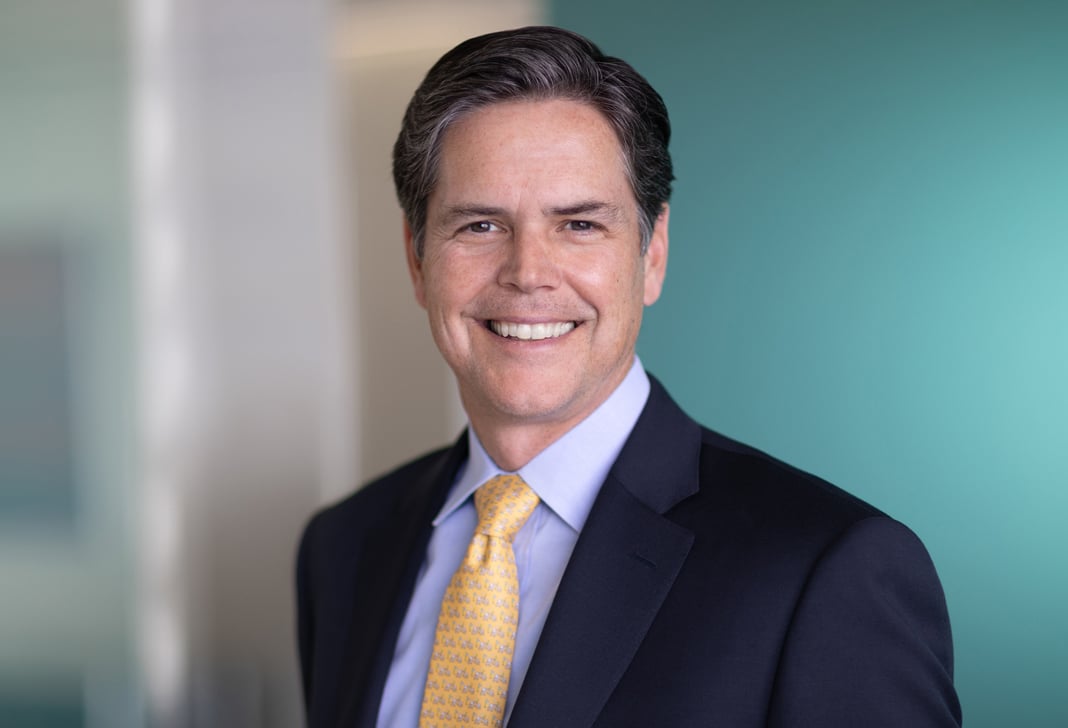
What's Old Is New Again: Anticipating and Defeating Insurer Coverage "Defenses" for Climate Change Litigation
In Short
The Situation: Commercial policyholders are increasingly being targeted by climate change lawsuits alleging that greenhouse gas emissions from their normal operations—and the alleged failure to take preventative action—have caused property damage, nuisance, and bodily injury liabilities.
The Result: In response, certain insurance companies have attempted to resurrect coverage "defenses" to climate change litigation that have been repeatedly rejected in other contexts and remain contrary to legal precedent.
Looking Ahead: Commercial policyholders should be skeptical of such insurer posturing and not overlook their liability insurance programs when faced with climate change litigation, which may provide valuable defense and indemnification coverage for such exposures.
With more than 2,000 cases now pending worldwide, the volume of climate change litigation has more than doubled in the last seven years, according to the London School of Economics. An increasing number of these lawsuits allege that greenhouse gas emissions from companies' normal commercial operations (and the sale of products by fossil fuel companies) have contributed to the effects of climate change and seek to hold such companies responsible for alleged climate change-related property damage, nuisance, and bodily injuries. Even the U.S. Supreme Court indirectly has addressed climate change issues when it recently denied certiorari on several climate petitions seeking to reverse the trend of federal circuit courts holding that state-law climate claims cannot be removed to federal court. (For a more detailed discussion of these denials, read the Jones Day publication, U.S. Climate Change Litigation Update: The Supreme Court Greenlights State Court Adjudication of Climate Claims.)
Fortunately, a number of coverages may respond with insurance for the defense and indemnification of climate change litigation, whether or not the underlying complaints contain allegations of intentional or negligent conduct.
Commercial general liability ("CGL") insurance policies are designed to protect businesses against third-party claims for property damage and bodily injury (as well as personal and advertising injury) resulting from exposure to harmful conditions. Errors and Omissions, or E&O, and Directors and Officers, or D&O, insurance policies may also provide coverage for the costs and liabilities arising from governmental entity and shareholder lawsuits claiming that company management allegedly failed to take sufficient steps to protect the company from the future impacts of climate change or allegedly failed to properly disclose the risks climate change posed to the company's business and financial performance. On February 9, 2023, for example, the environmental advocacy group, ClientEarth, filed what it characterized as the "world's first" shareholder derivative action against the board of Shell plc in the High Court of England and Wales, asserting that the company's directors failed to take sufficient steps to protect the company from the future alleged impact of climate change. ClientEarth v. Shell PLC, Case No. BL-20023-000215 (Feb. 9, 2023).
Commercial policyholders faced with climate change litigation should not overlook these valuable insurance assets and should be wary of insurance company efforts to avoid their coverage obligations for climate change-related exposures. In that regard, some insurance companies have already attempted to renew purported coverage "defenses" to climate change litigation that repeatedly have been rejected in other contexts and remain contrary to legal precedent. See, e.g., Aloha Petroleum, Ltd. v. National Union Fire Ins. Co. of Pittsburgh, Pa., Case 1:22-cv-003672-JAO-WRP (Aug. 2022) (National Union asserted 22 affirmative defenses to coverage).
For example, some insurance companies have attempted to argue that the alleged effects of climate change on business operations were foreseeable, such that they do not qualify as an "occurrence"—i.e., "an accident, including continuous or repeated exposure to conditions, which results in bodily injury or property damage neither expected nor intended from the standpoint of the insured"—under the terms of CGL policies. However, numerous courts already have determined that, in the context of public nuisance and other historical liability claims (e.g., asbestos), the policyholder must have actually and subjectively intended to cause the injury allegedly resulting from its acts or omissions in order to preclude the finding of an "occurrence" for purposes of CGL coverage. See, e.g., Brooklyn Union Gas Co. v. Century Indem. Co., 2022 N.Y. Slip. Op. 31514(U), 6 (N.Y. Sup. Ct. 2022); Estate of Schuch v. State Farm Fire & Cas. Co., 552 F.Supp. 3d 1154 (Or. Dist. Ct. 2021).
These insurance companies also have attempted to argue that they did not charge premiums to cover damage allegedly resulting from climate change, and that the public nuisance, environmental restoration, and remediation relief often sought in underlying climate change litigation constitute "uncovered" equitable relief, rather than "damages" covered by CGL policies. Yet, these same arguments were previously advanced by insurance companies and rejected by various courts in the context of early environmental contamination coverage litigation, which held that environmental cleanup costs imposed by federal and state regulators do, in fact, constitute covered "damages" under CGL policies.
Still other insurance companies have attempted to argue that so-called "pollution" exclusions in their policies bar coverage for climate change litigation. As with any policy exclusion, insurance companies bear the burden of proving the clear, unmistakable, and unambiguous applicability of such "pollution" exclusions to climate change risks, and extensive discovery in prior environmental contamination cases already has established that the insurance industry policy drafters never considered "climate change" exposures when drafting "pollution" exclusions. Moreover, the underlying climate change litigation plaintiffs are not asserting that the damage alleged in their lawsuits resulted from traditional sources of pollution, but instead allege that their damages were due to climate change itself allegedly resulting from normal business operations.
As the insurance industry attempts to resurrect such failed arguments in the context of climate change litigation, commercial policyholders should remain mindful that such posturing remains contrary to established legal precedent and not allow it to deter the pursuit of coverage under their liability insurance programs.
Two Key Takeaways
- In response to climate change litigation risks, certain insurance companies have attempted to renew coverage "defenses" that repeatedly have been rejected in other contexts and remain contrary to legal precedent.
- Commercial policyholders should be skeptical of such insurer posturing and not overlook their liability insurance programs when faced with climate change litigation, which may provide valuable defense and indemnification coverage for such exposures.







